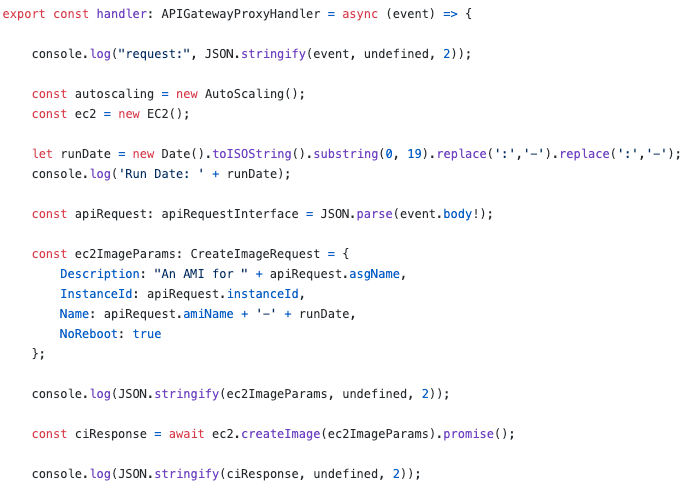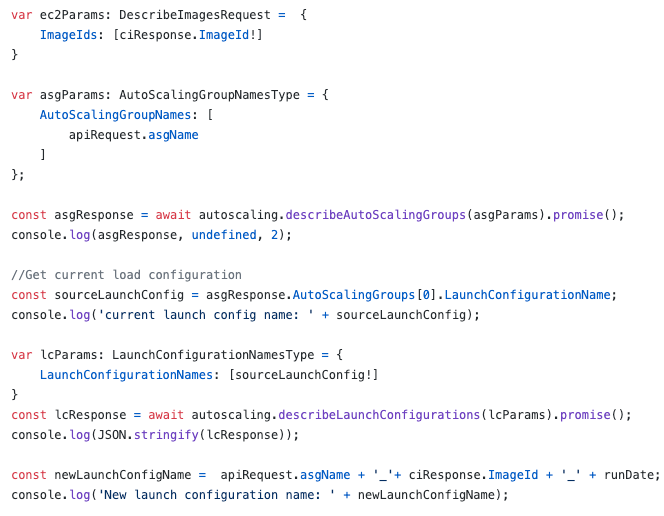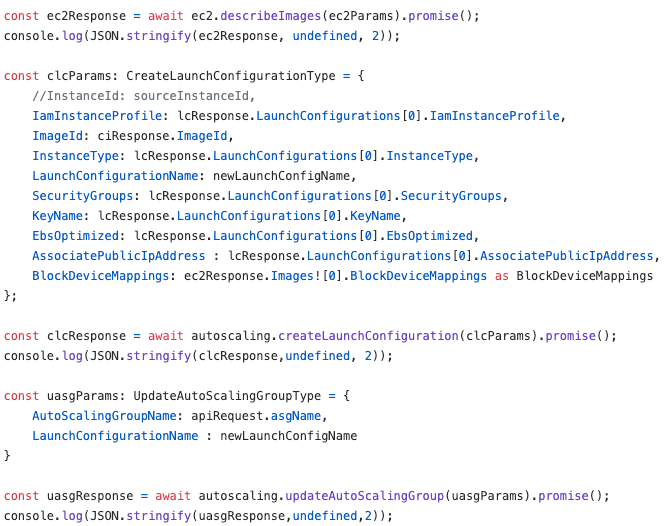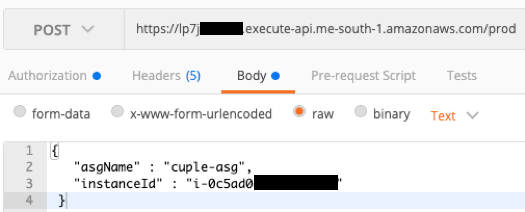Cuple is one of the well-reputed retailers in Dubai specialized in footwear, bags, and perfumes for all age groups and genders - distributed across 15 branches in all UAE. Cuple offers a wide variety of collections in an up-to-date fashion provided that they are a Spanish brand that is always aiming after the latest European Trends. And recently, due to Covid-19 lock-down measures, Cuple initiated an e-commerce store to be able to sell their products online.
The Challenge
The evolving situation caused by Covid-19 led Cuple to rapidly
establish its online shop over AWS Cloud Services accompanied by
a marketing campaign to inform their clients about this
continuity plan. As their e-commerce kicked, the website
received around 5,000 requests in a short time frame, and
consequently their website went down which unfortunately had
their infrastructure down because it couldn’t handle the
enormous traffic request growth without a highly elastic and
available cloud hosting environment. Cuple realized the
situation and decided to get consultancy from lead AWS Partners
in the region to accommodate higher traffic volumes and upscale
their infrastructure capacity seamlessly. Zero&One team had to
re-factor and re-architect Cuple’s infrastructure by utilizing
various AWS tools and technologies such as Application Load
Balancer, Auto-Scaling, S3, RDS, EFS and CloudFront to achieve a
fully-functional design over a weekend resulting in a successful
campaign that can sustain millions of requests during peak time.
Our team had to use AWS EFS; a cloud storage service provided by
AWS designed to provide scalable, elastic, and encrypted network
file storage to store WordPress static folders such as
wp-content and then mount it across all servers behind the
Autoscaling group. AWS EFS was not the perfect solution for
Cuple due to the burst credit limits that was easily throttled
by the PHP application as a result of high IOPS utilization. To
overcome the high IOPS utilization, we had to either use the EFS
provisioned throughput mode or set up a RAID 10 array that can
improve disk performance and data consistency by utilizing the
stripping and mirroring features of RAID 0 and RAID 1. However,
both solutions will incur more charges on our client’s monthly
bill. So, we had to migrate the wp-content folder from EFS back
to the root EBS volumes and only mount the uploads folder to
EFS. Even though this approach had the application get back on
track, creating manual AMIs and new launch configurations was
obligatory after each WordPress update that cannot be saved in
the database. Typically, updating an autoscaling group with a
new launch configuration had to be executed manually and then
older instances are gradually replaced with newer ones across
multiple availability zones. Several days later and knowing the
fact that Cuple team constantly runs marketing campaigns along
with several CMS plugins updates, this manual process was
identified as a risk that is first and foremost time consuming
and could result in an unexpected application failure if
configured improperly.
The Benefits
Given the fact that all these activities had to be executed in
line with the marketing campaigns, Zero&One team was able to
achieve a fully-functional design over a weekend resulting in a
successful campaign that can sustain millions of requests during
peak time. Moreover, at a later phase, Zero&One team kept
monitoring activity, reiterated, and optimized the design to
lodge more IOPs as Cuple had an even bigger campaign (10 times
the first) reflecting the flexibility and scalability of AWS
Solutions.
Knowing the huge traffic Cuple website was experiencing,
Zero&One engineers had to utilize Auto Scaling that is a
cost-effective solution by AWS that provides a fault-tolerant
and scalable infrastructure while keeping the operating costs as
low as possible. Load balancing is crucial to achieving the
benefits of auto-scaling and this is where our team decided to
use the Application Load Balancer (ALB) for the WordPress CMS
with content routing to distribute the traffic evenly between
EC2 instances. CloudFront was then configured to cache static
and dynamic content that in return delivers it to end-users
immediately if available in the nearest edge location. Setting
up CloudFront for WordPress required one distribution, two
origins, and several behaviors targeting various WordPress files
and folders such as wp-content, wp-admin, and wp-login.php file
where each of these contents has a unique HTTP and caching
methods
Moreover, AWS RDS for MySQL with multi A-Z were hosted for the
WordPress database that is a fully managed MySQL database that
adds more scalability and high availability to the environment
by replicating the RDS instances between multiple availability
zones. AWS S3 also improved the server’s utilization by storing
thousands of images in a restricted bucket that is only
accessible by CloudFront using origin access identity.
Solution
Zero&One DevOps team had to come with a solution that can reduce
the manual overhead by automating the whole process using AWS
Lambda, API Gateway, and some API calls that AWS provides to end
users out of the box. Now how does all this work? Simply, invoke
the Lambda Function either through AWS CLI, API gateway with
authorization, or even from Slack using AWS Chatbot and let the
magic happen in a couple of seconds. AWS Lambda offers a simple
and straightforward serverless platform that supports several
languages such as Python, Java, Node.js, C#, and more. For this
tutorial, we will be using Node.js to create our function.
Users will first provide IAM credentials to an API Gateway via a
post method to make sure that only authorized personnel can
invoke the lambda function. Once the user is authorized and
temporary credentials are generated, API Gateway will invoke the
Lambda Function that will in return starts creating a new AMI
for the running instance, changes the launch configuration
settings, and then updates the Autoscaling Group with the latest
AMI.
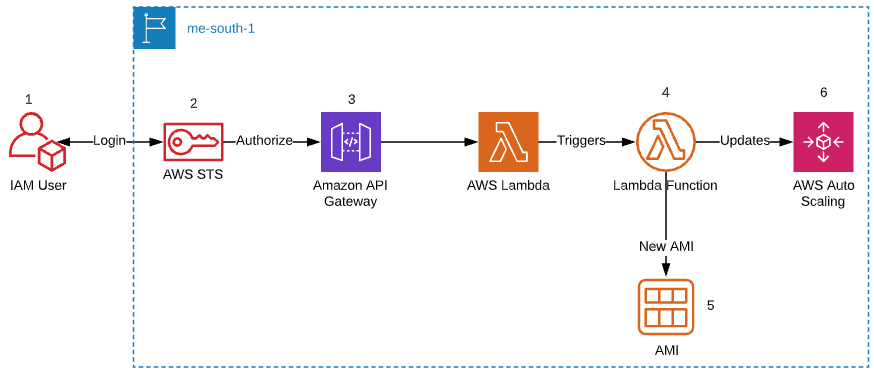
Let’s now have a look at the TypeScript code.
First things first we have to import all necessary modules that
our lambda use and define the required user input during a POST
or AWS CLI request.
 Then we declare an event trigger handler with some identifiers
and variables that first get the current date, then parse the
user input that should include the current autoscaling group
name and instance ID from which the new AMI image is created by
the ciResponse variable.
Then we declare an event trigger handler with some identifiers
and variables that first get the current date, then parse the
user input that should include the current autoscaling group
name and instance ID from which the new AMI image is created by
the ciResponse variable.
- Make sure you have Node.js and the AWS CDK Toolkit installed
- Clone the project that we have made public for you.
- Install the typescript compiler on your local machine, and all npm dependencies to the local node_modules folder.
- Compile TypeScript to JS by running the “npm run build” command. This will create the JavaScript file “asg-configuration.js” that AWS Lambda will use as a handler.
- Run “cdk deploy” and voila! CDK will take care of setting up the entire AWS infrastructure for you.
- Create a new launch configuration using Postman.
- Our function uses Node.js 12.x runtime
- The handler code is loaded from the “npm run build” command which compiles typescript to js
- The name of the handler function is asg-configuration.handler
Conclusion
Cuple team is currently expanding their cloud adoption on AWS through many regions with the help of our tailor-made automated AMI Factory that eliminated unexpected human errors and operational overhead. Cuple is currently running multiple weekly campaigns and performing several updates on its backend and frontend environments without affecting the digital e-commerce experience of its end-users. AMI Factory is with no doubt a rescuer for workloads that require consecutive changes on their running EC2 instances while utilizing a highly available and resilient cloud infrastructure on AWS without disruption.
